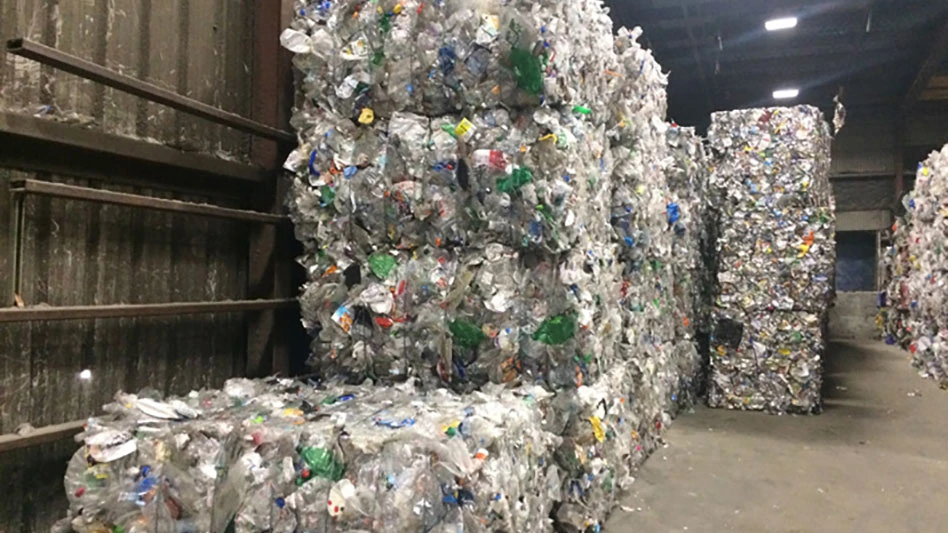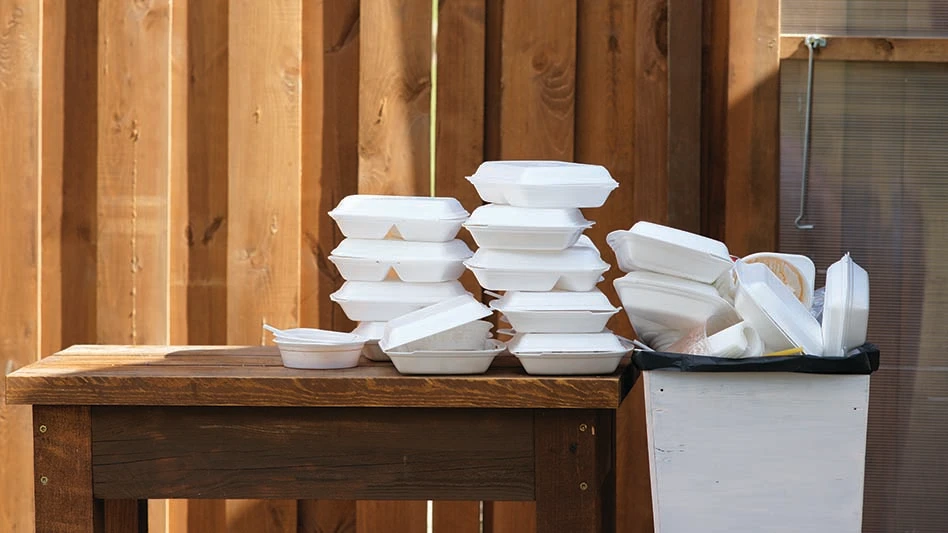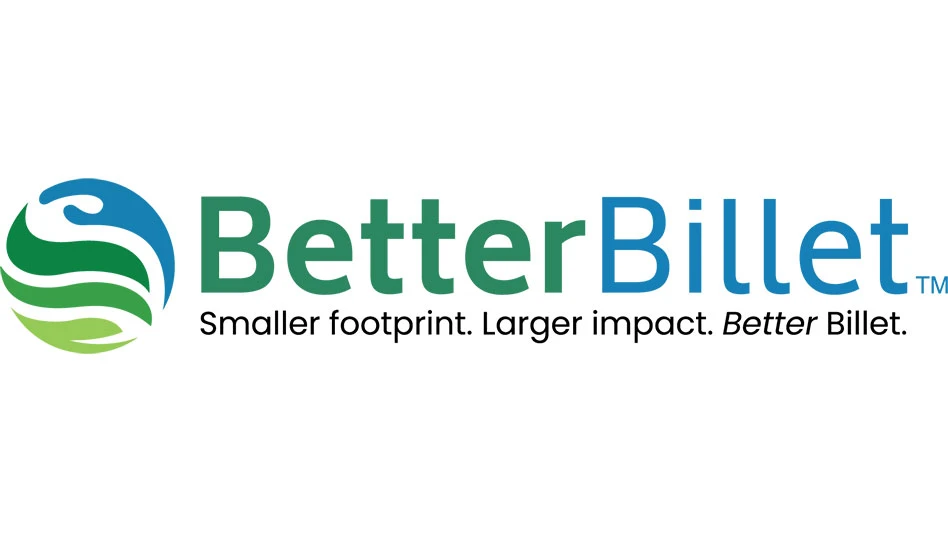RECYCLING REQUIRES MARKET DEVELOPMENT
Curbside and even drop-off programs have been facing cutbacks (and in some cases elimination) as local governments and haulers back away from unprofitable arrangements. Jonathan Green-berg, director of environmental policy for Browning-Ferris Industries (BFI), Houston, told attendees of the National Recycling Coalition’s annual congress this past September in Orlando that municipalities and their citizens must ask themselves some hard questions if they are going to stay committed to recycling.
"Landfill diversion alone won’t work as a goal without end markets for commodities," said Greenberg. "We really need to change the direction and look at the demand side. We have to focus on the de-mand side – we have not yet scratched the surface."
If governments wish to commit to recycling, he added, they may need to "internalize the costs," and be willing to inform their citizens that recycling does not always bring with it black ink.
ISRI HELPS PROCESSORS AVOID RADIOACTIVE SCRAP
The Institute of Scrap Recycling Industries Inc. (ISRI), Washington, has released a video designed to help scrap processors understand and identify radioactive substances that may enter their facilities. The video, which also addresses how to deal with radioactive substances if they are encountered, is available in either English or Spanish for $85. For more information or to order, contact Cheryl Spector of ISRI at (202) 662-8508.
RECYCLING RATES: APPLES TO APPLES
Hope Pillsbury, policy analyst for the U.S. Environmental Protection Agency (EPA), outlined a Standard Recycling Rate formula the agency has developed for use by states and municipalities at the National Recycling Coalition’s annual Congress this past September in Orlando. The EPA will be releasing software and hosting satellite conferences in 1998 to help local and state agencies understand and use the new standard. Printed guidelines for calculating the Standard Recycling Rate have already been released.
"Over the years, states and localities developed what amount to ‘designer’ recycling rates, which vary considerably," Pillsbury remarked. "In response to this, many states and localities asked EPA to develop a standard recycling measurement method, so that everyone can operate on a level playing field."
Get curated news on YOUR industry.
Enter your email to receive our newsletters.

Explore the August 2001 Issue
Check out more from this issue and find your next story to read.
Latest from Recycling Today
- GFL opens new MRF in Edmonton, Alberta
- MTM Critical Metals secures supply agreement with Dynamic Lifecycle Innovations
- McClung-Logan Equipment Company joins Tana’s authorized dealer network
- Grede to close Alabama foundry
- Plastics Recycling Conference 2025: Working toward their targets
- SWACO rolls out new commercial recycling and food waste programming
- Updated: Matalco to close Canton, Ohio, plant
- Metso launches electric Anode Weighing and Casting Machine






